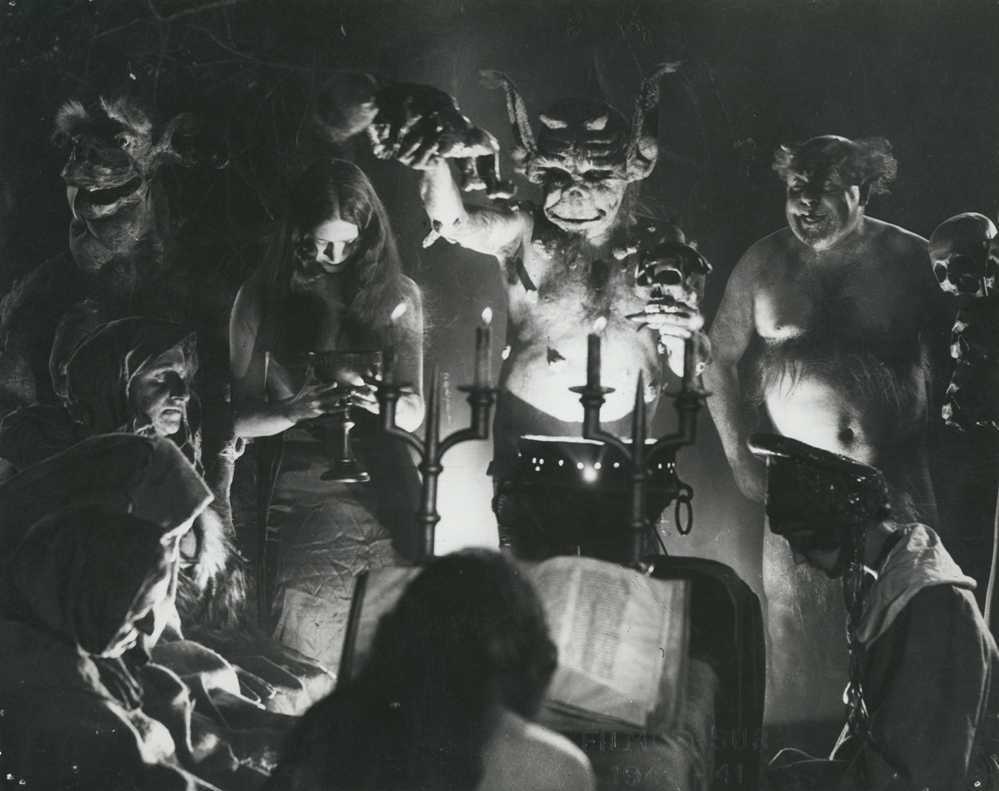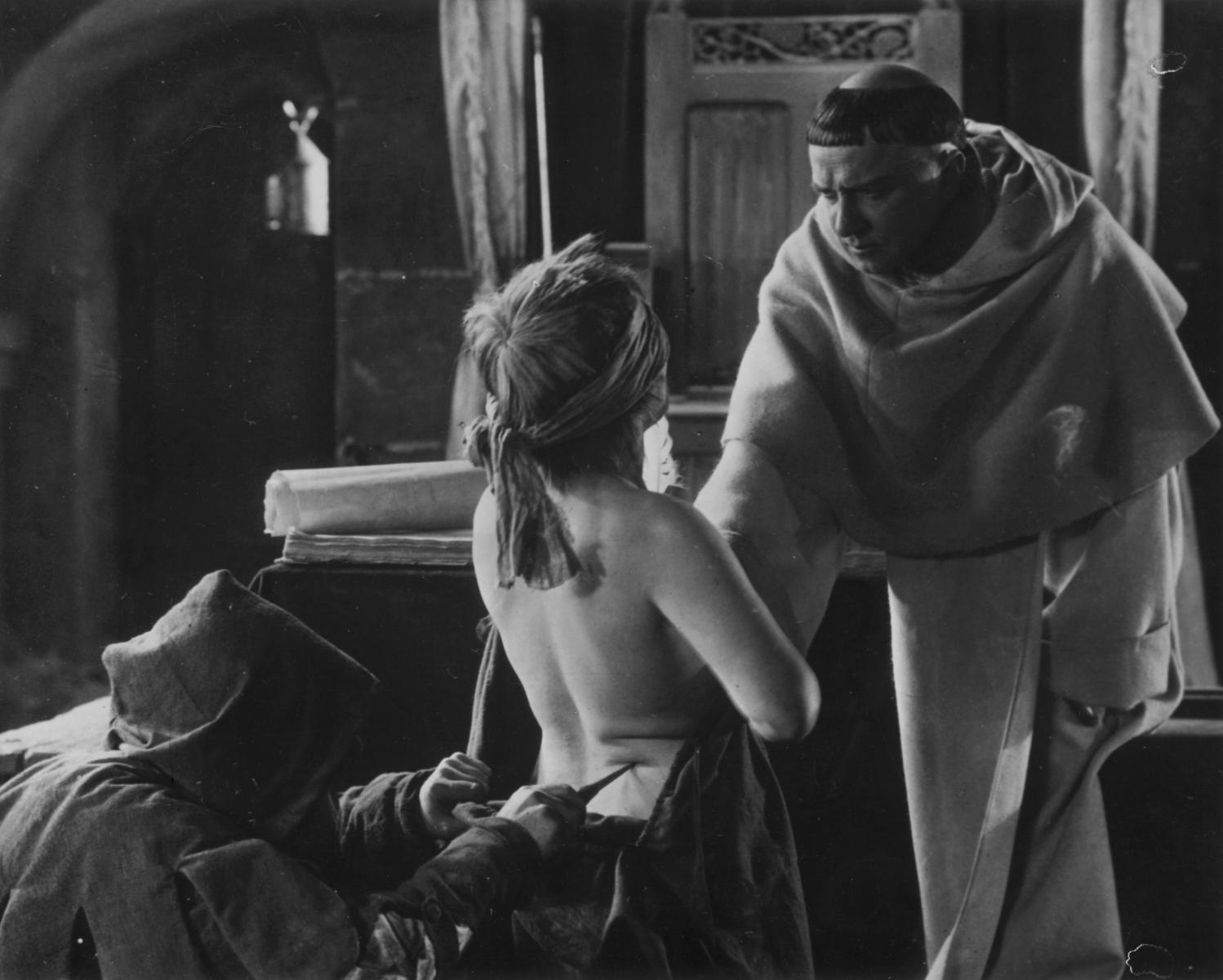BANNED! Acknowledging Controversial Films
Review of BANNED! Witch Hunt presented by SIFF
Written by Teen Writer Nour Gajial and edited by Teen Editor Valentine Wulf

“Banned! Witch Hunt,” is the first of a series of film talks at SIFF focussing on banned films and censorship throughout history. This informative two-hour workshop was communicated via a thought-provoking presentation on films banned by the U.S. government under 1920s obscenity laws. Due to COVID-19 precautions, this production was offered in a hybrid model where audience members had the option to participate in-person or view the production online through Zoom.
I engaged through Zoom, and the workshop started promptly. The presentation was effectively presented through a shared screen and the audio was extremely clear. The session was largely divided into three parts: an educational lesson on silent films, an exploration of two silent films, and a Q&A.
John Trafton, a lecturer in film studies at Seattle University, led a short presentation about facts surrounding silent films and acknowledged stereotypes and misconceptions regarding these pieces of underappreciated art. Trafton did a great job engaging the audience, including relevant clips of banned films and providing context for the rest of the workshop. Following the presentation, the audience was invited to analyze two banned films from the silent era.
The first film, Birth Control, also known as The New World, was a documentary produced and directed by Margaret Sanger. The film focuses on topics still controversial today: women’s health, birth control, and abortion. There has always been stigma around feminism and women’s issues in our society which impacts the content produced in the entertainment industry; having a performance like Birth Control caught people’s attention and served as a significant turning point for the film industry. Originally five reels (a total of seventy-five minutes), the film was banned days before its release date; only one official screening took place for journalists before it was officially banned. In 1915, the Supreme Court doubled down, claiming that the first amendment did not extend to films.
We were unable to view Birth Control because the film is officially lost and does not exist today. However, the presentation included an interview of Sanger answering questions on a news channel about her incentive to produce this film. Although I wish the presentation went more in depth about Sanger’s life work, the interview revealed to us that Sanger’s experience as a nurse who witnessed women passing away during childbirth, prompted her to start the birth control movement and to produce the film. Sanger’s opinions on these issues were radical for her time (and still are to this day) as she fought for sex education and founded Planned Parenthood. That being said, her actions as an activist remain controversial, as she expressed her support for eugenics and made blatantly racist comments in the past.

The second film, Häxan by Benjamin Christensen, was inspired by Malleus Maleficarum, or the Hammer of Witches: a popular 15th century novel about witchcraft. Although Häxan was re-released in 1968, it was originally banned for explicit images, violence, nudity, and especially its stance against the clergy. This silent horror film is divided into seven parts and during the presentation the audience was given guided questions to think about as the film was shown. I thought the use of color and audio was most interesting in Häxan as it contributed to the mood and added to the suspense of the plot. The characters and scenes shown were quite horrifying and vulgar as Christensen depicted witchcraft trials through the lens of Americans in the 15th century.

One of the most interesting aspects of the workshop was the way it touched on law and policy through the lens of silent films. Through learning about banned films, the audience gained context about important censorship actions, such as The Hays Code. The Hays Code was a self-imposed set of guidelines for all motion films in the U.S., created to minimize outside censorship for Hollywood. This code was in practice for 38 years. However, after lack of adherence to the code, it was eventually abolished in 1968 and later the MPAA film rating system was established to replace it. Learning about the policy aspect of film-making and censorship was super relevant to my workshop experience, as I was able to contextualize the sample films better.
Trafton, the presenter for this event, did an exceptional job presenting the material in a concise and direct manner, allowing the audience to think deeply about the subject matter during the Q&A. Trafton’s experience in the film industry reflected in his ability to answer complex questions in a detailed fashion.
SIFF did an exceptional job presenting a well-rounded workshop and educating the audience about a film area that is less commonly studied. I am impressed by the fact that the two sample films focused on women’s rights, which are still a pressing and relevant issue today. As we have seen just last year, Texas abortion laws, free birth control, and the reproductive health education system are just a few topics we are still working through as a country. Although the government intervened, it is important to acknowledge the works of Sanger and Christensen as they challenged societal norms in the content they presented.
Lead Photo: Film still from Häxan (1922) directed by Benjamin Christensen.
The TeenTix Newsroom is a group of teen writers led by the Teen Editorial Staff. For each review, Newsroom writers work individually with a teen editor to polish their writing for publication. The Teen Editorial Staff is made up of 6 teens who curate the review portion of the TeenTix blog. More information about the Teen Editorial Staff can be found HERE.
The TeenTix Press Corps promotes critical thinking, communication, and information literacy through criticism and journalism practice for teens. For more information about the Press Corps program see HERE.

